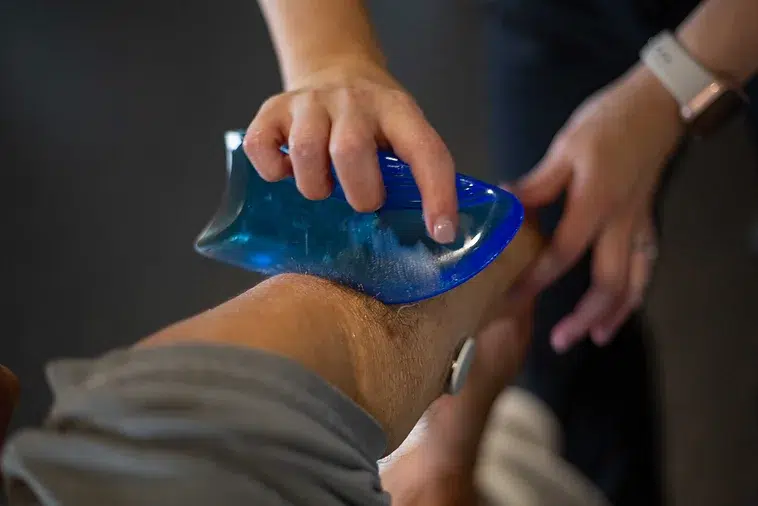 Move over foam rolling and IASTM techniques, because ASTYM is here to revolutionize soft tissue mobilization!
Move over foam rolling and IASTM techniques, because ASTYM is here to revolutionize soft tissue mobilization!
ASTYM stands for Augmented Soft Tissue Mobilization and it goes beyond friction techniques. By utilizing handheld instruments, ASTYM engages dysfunctional tissue, triggering a physiological response that promotes tissue resorption and self-healing. Unlike traditional methods, ASTYM is less painful and aims to realign tissue to its optimal state.n
ASTYM excels in treating tendinopathies like lateral epicondylitis, plantar fasciitis, Achilles tendonitis, and rotator cuff tendinopathy. It’s also effective for chronic conditions, frozen shoulder, and old scar tissue that hasn’t responded to traditional therapies. Plus, ASTYM works quickly, with visible improvements typically seen in just 3-4 treatments!
In a 2014 trial, ASTYM achieved a remarkable 78% resolution rate for tendinopathies compared to 40% with traditional therapy. A 2018 systematic review confirmed ASTYM’s benefits for post-total knee replacement patients, improving range of motion and reducing pain. The same review highlighted ASTYM’s positive outcomes for mastectomy and foot/ankle injury patients.n
If you’re grappling with chronic issues like those mentioned, ASTYM could be your game-changer! Through ASTYM treatment and a personalized plan involving strengthening, stretching, and neuromuscular re-education, we’ll guide your regenerated tissue to function optimally, getting you back to your passions in no time!n
Unlock the remarkable healing power of ASTYM today!


